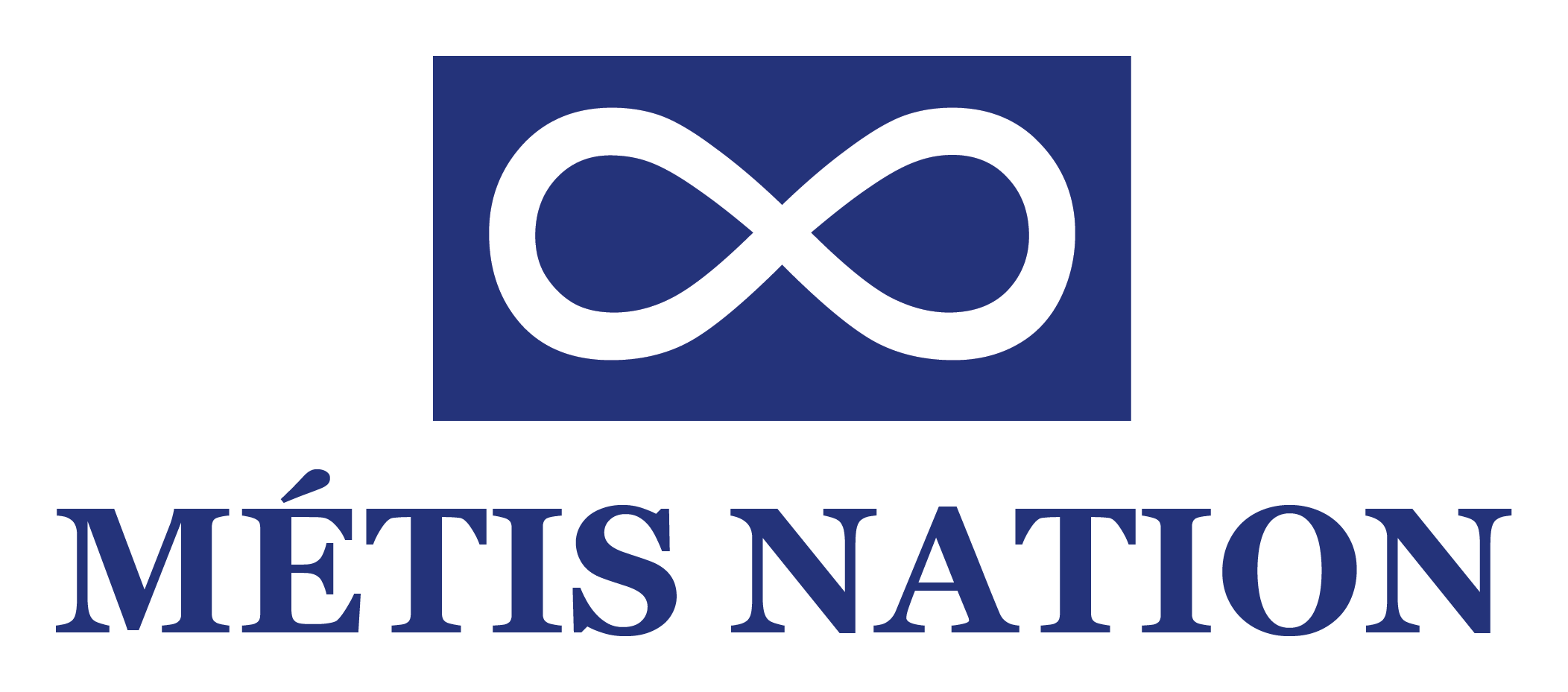![]()
Video
Assembly of First Nations
National Climate Gathering
In March 2020, the Assembly of First Nations (AFN) held its first National Climate Gathering on the traditional territory of the Ta’an Kwächän and the Kwanlin Dün in Whitehorse, YK. Over 300 First Nations experts, leaders, youth, women, knowledge keepers, and professionals gathered to discuss the urgent crisis of climate change. In 2019, the AFN passed a resolution declaring a First Nations Climate Emergency, and this Gathering was designed to bring together First Nations’ perspectives on climate impacts, risks, and opportunities.
Read about
The Onjisay Aki Initiative on Climate Change
It’s been 30 years since Anishinaabe Knowledge Keeper Dave Courchene lit the sacred fire at the first United Nations Earth Summit in Rio de Janeiro, and his commitment to sharing Indigenous knowledge on the environment has only grown stronger with time.
Elder Courchene and the community at Turtle Lodge have taken climate change as a focus of their work. Inspired by a vision, Courchene started the Onjisay Aki Initiative to bring Indigenous wisdom on climate change to the forefront in Canada.
The Earth is in a time of transformation – ‘Onjisay Aki’ in the Anishinaabe language. Elder Courchene reminds us that Indigenous peoples’ ancestral knowledges and values can help guide humanity back to a sustainable way of living with the land.
Video
Assembly of First Nations
Climate Lens
The First Nations “climate lens” seeks to disrupt mainstream thinking -- that characterizes First Nations as vulnerable and passive to climate impacts -- and positions First Nations as leaders that are cultivating and scaling up urgent and transformative climate action within communities and across territories. Through interconnectivity and collaboration, a holistic approach to First Nations climate action emerges that redefines what solutions look like, and are grounded in knowledge and teachings that have been passed on for generations.
Video
Rose Roberts
Life on the Trapline
Rose Roberts grew up on her family’s trapline, learning traditional knowledge from her Elders through observation and practising their traditional ways of living. Because of her close connection to the land as a trapper, she has experienced and witnessed the drastic impacts of climate change. She also has a PhD, which allows her to “live in both worlds” and speak about climate change from two different ways of knowing.
Read about
As Long as the Sun Shines
Montana First Nation’s community owned and operated solar energy company
Montana First Nation is located in what was once rich oil and gas country in central Alberta. But as the oil wells began to dry up, the small community was faced with the enormous challenge of finding new employment for many of their members who landed out of work.
That’s when the idea of solar energy came up. The Nation partnered with Enmax Energy Corp. to install a 100kW system of solar panels on the roof of their band office, which immediately cut their power bill by 60%.
From this first success, Montana First Nation decided to invest further. They founded Green Arrow Corp. Akamihk, the first Indigenous-owned and operated community solar energy company in western Canada. Green Arrow’s own team of trained band members is now installing solar panels and facilitating solar energy training sessions across Alberta.
Video
Indigenous Climate Action
Community-based solutions rooted in decolonization
“Real climate solutions are rooted in a return to the land - a return to and of the land - and are rooted in decolonization,” says Eriel Deranger, Executive Director of Indigenous Climate Action (ICA) and member of Athabasca Chipewyan First Nation. ICA is a network of Indigenous peoples framing the ideas and actions regarding climate change in traditional knowledge and community-based solutions. These grassroots actions, Eriel explains, will support the transition to renewable energy while also ensuring social and environmental justice by maintaining and strengthening Indigenous peoples’ connections to language, land and culture.
Video
Indigenous Knowledge, Science, and Climate Change in the North
Featuring François Paulette
The circumpolar North is on the frontlines of climate change: the land, lakes, and lifeways of human and non-human species are rapidly changing. François Paulette, a Denesuline and member of Smith’s Landing Treaty 8 First Nation, has been a witness to these changes across his homeland. Through relationship building, trust, and balance between traditional knowledge and science, Paulette believes that important climate solutions are possible.
Read about
Focusing on Climate Change
As part of the Indigenous Climate Change Observation Network (ICCON), the Kainai First Nation and Samson Cree Nation partnered with the Prairie Climate Centre, InsightShare, and Alberta Environment and Parks on a participatory video project to mobilize Indigenous knowledge of climate change.
Participants from the communities have planned, filmed, edited, and shared videos about the impacts of climate change in their territories. The videos tell powerful stories and document Indigenous knowledge on changes in seasons, water, animals, plants, medicines, human health, and cultural traditions.
Maps
Indigenous Climate Change Maps
New Indigenous map layers provide climate data for 634 First Nations and 53 Inuit communities from coast to coast to coast, as well as climate projects across the Métis homeland.
Look for the Indigenous icon on the left of the map to visualize these data and resources.
![]()

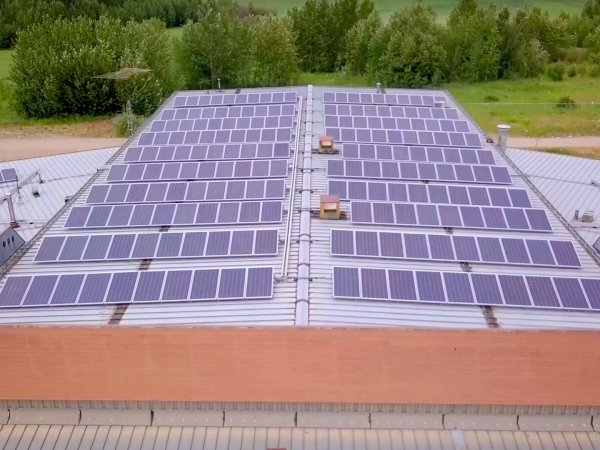

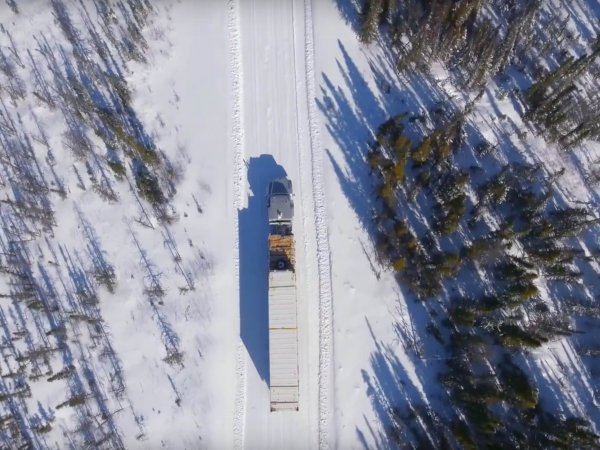
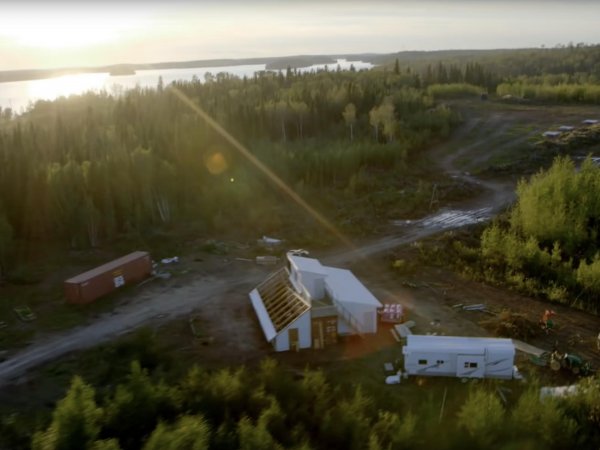
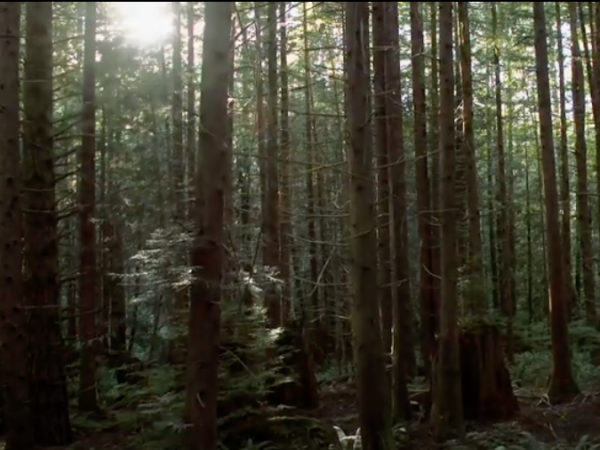
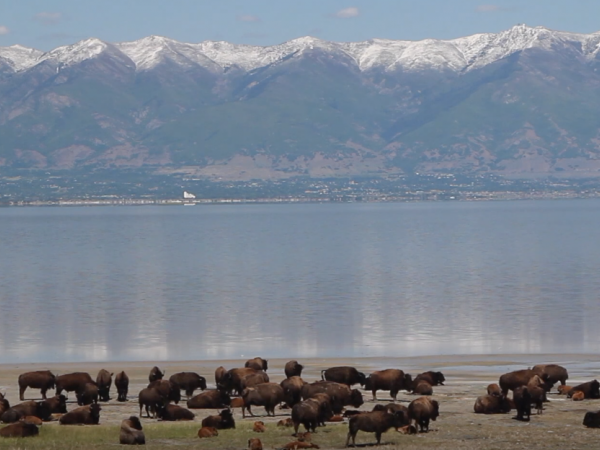
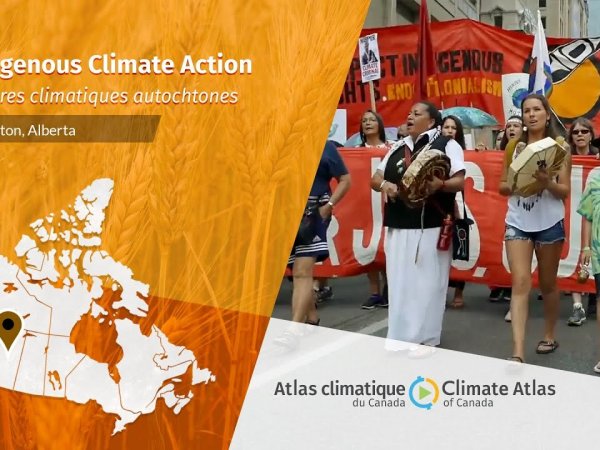

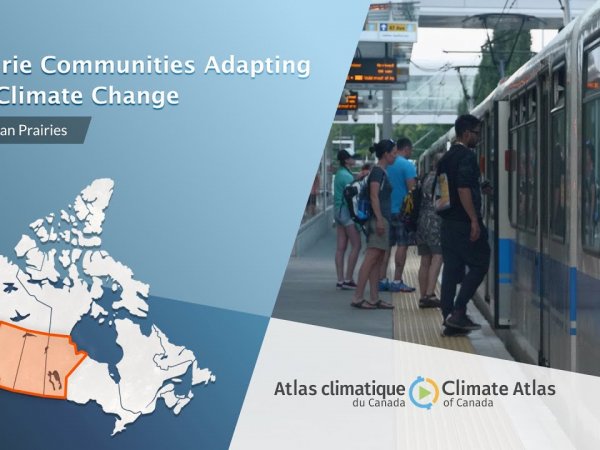
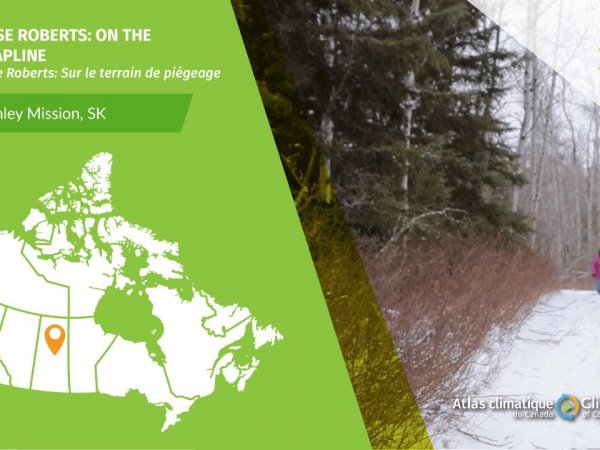
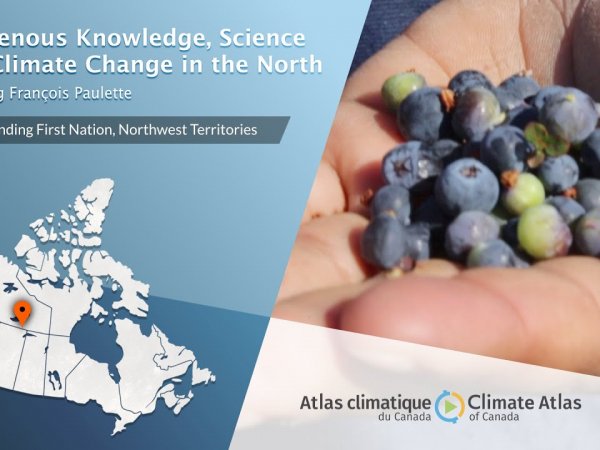


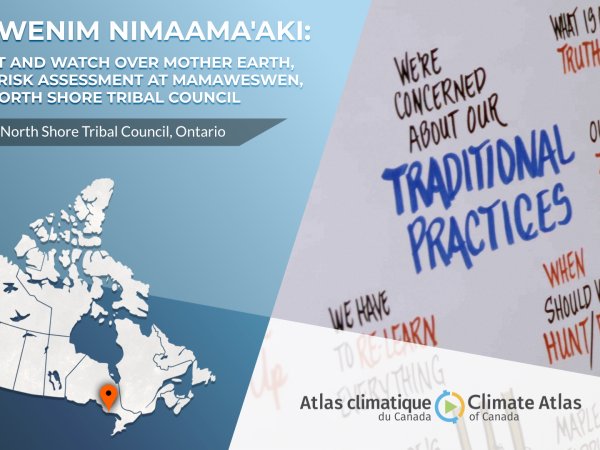
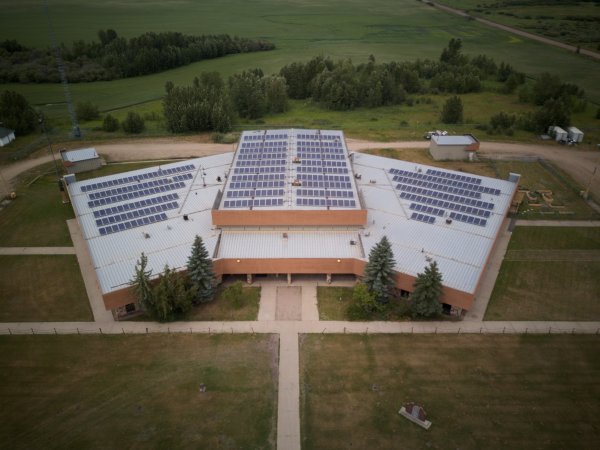
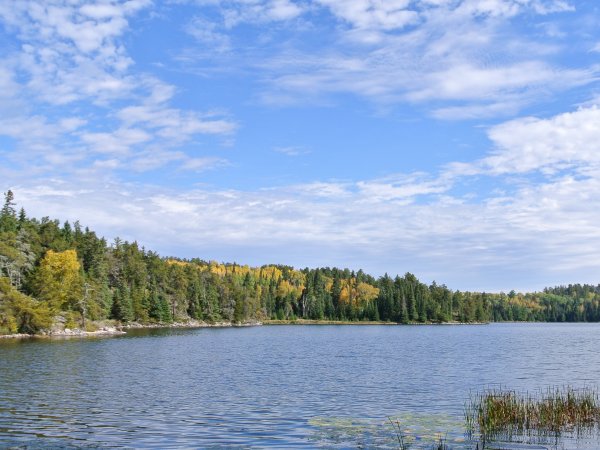








.png)
